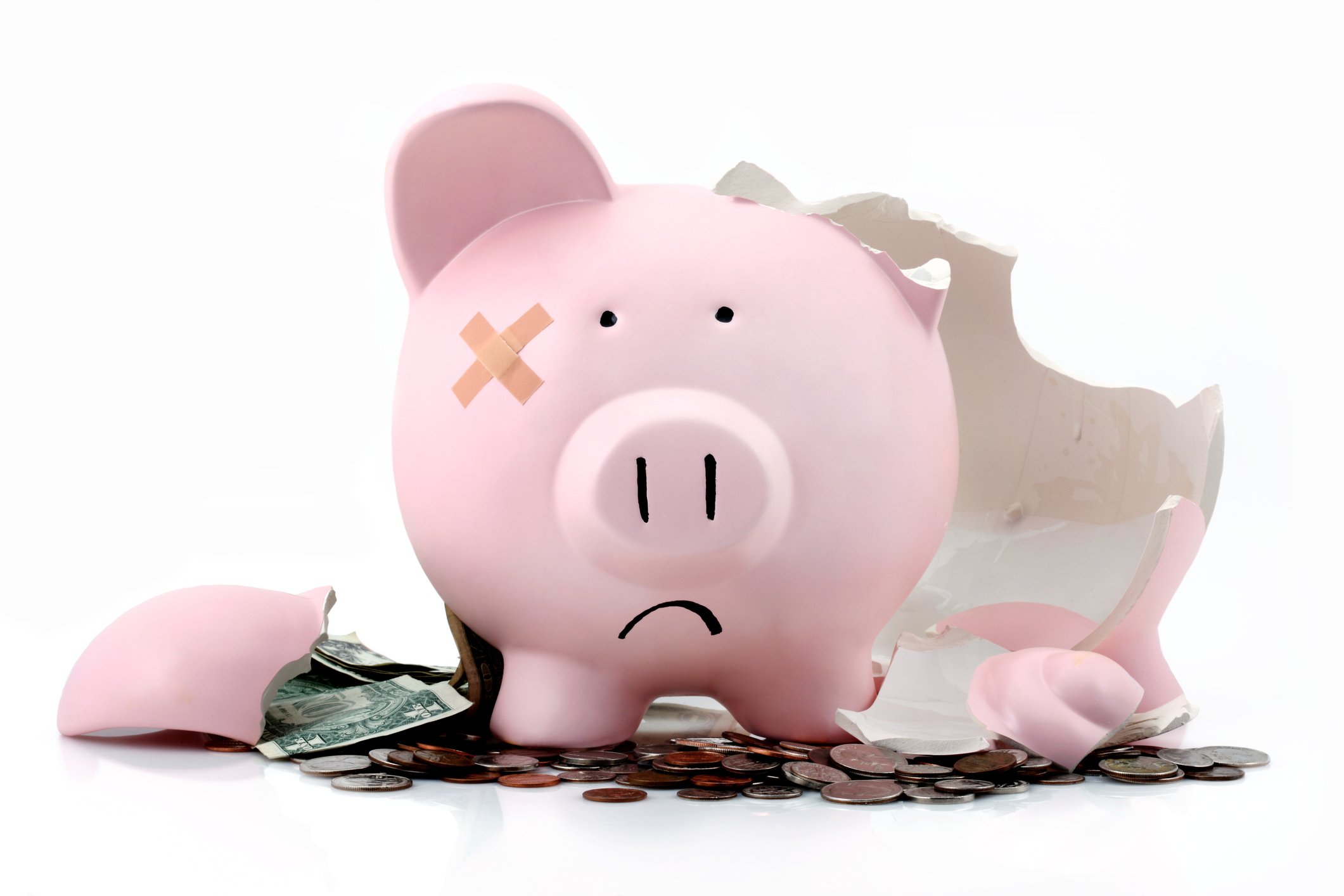Tiny sprinkles of positive trial data regarding a SARS-CoV-2 vaccine candidate have inspired Wall Street analysts to hike their stock price targets for its creator, Moderna (MRNA 0.49%). The most enthusiastic investment bank price target hike so far, $112 from BMO Capital on Tuesday, suggests the biotech stock's climb to $80 on Monday was just the beginning of a much larger run-up.
On Monday, Moderna's announcement regarding the first eight patients injected with mRNA-1273, its experimental coronavirus vaccine, sounded impressive enough to push the stock and the rest of the market higher. Experienced pharmaceutical-industry investors familiar with the ins and outs of new drug development, though, weren't nearly as moved by the news.

Image source: Getty Images.
Worth it?
Moderna has about 371 million shares outstanding, and will issue 20.2 million new shares of its stock to fund the development of a long list of messenger RNA-based new drug candidates that direct patients to produce beneficial proteins. That means BMO Capital's suggesting the company's worth around $44 billion despite having no products that it's authorized to sell.
Moderna has 13 experimental mRNA-based drugs in clinical-stage development, but none have been proven effective in a large controlled trial yet. The company's top priority at the moment is mRNA1273, which delivers a strand of genetic material that should lead to the production of proteins that bind to the novel coronavirus responsible for more than 1.5 million COVID-19 infections and more than 90,000 deaths in the U.S. to date.
Although it was encouraging to see those antibodies safely circulating through the first eight volunteers injected with mRNA-1273, we don't know if those antibodies will prevent people from developing a COVID-19 infection if they're exposed to SARS-CoV-2. Unfortunately, the field of new vaccine development is littered with abandoned programs that successfully produced neutralizing antibodies in clinical trial participants, but eventually failed to provide meaningful levels of protection from infection. Adjusting for the risk of failure suggests this company is valuable, but not yet worth anywhere near $44 billion.






